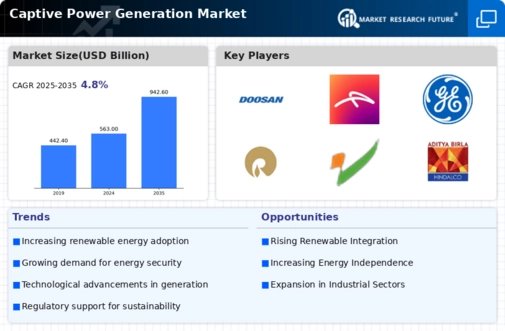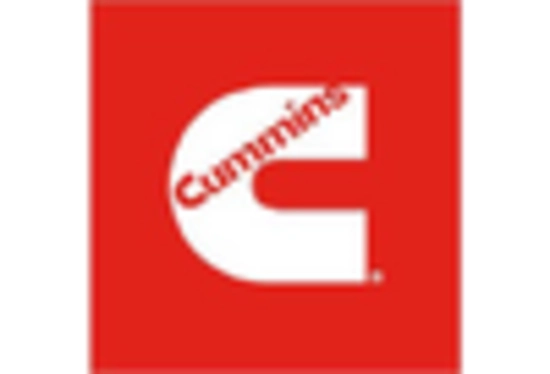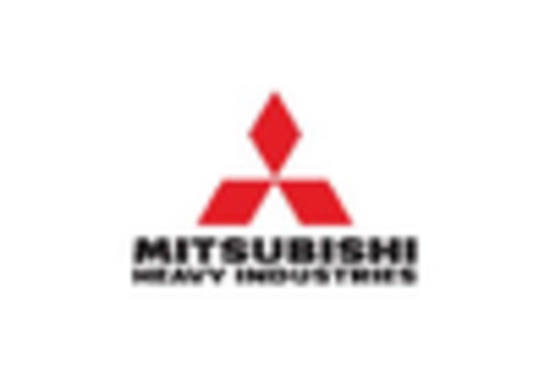Market Trends
Key Emerging Trends in the Captive Power Generation Market
The increasing need for dependable energy systems that are self-reliant has led to significant growth in the Captive Power Generation market across various sectors. In this competitive landscape, corporations are adopting different strategies of market share positions to have a strong presence on the market. Many companies use differentiation as their primary strategy when it comes to captive power generation solutions. Some of this involves advanced process controls, fuel efficiency enhancements or integrated renewable energy options such as solar power systems. Companies create captive energy solutions with unique features that can draw industrial facilities and businesses seeking customized efficient method of generating power."
Being able to lower costs is one of the pillars in strategic management of captive power generation. Some companies are concentrating on reducing costs related to setting up the plants, buying fuels and other maintenance operations. This strategy targets small businesses and industries that care about their cost functions. Their goal is to give cheap but dependable captive power generation services for expansion of their clientele base as well as getting an edge against competitors operating in markets where value derivation is key to alternative selection of electricity sources. Innovation has a role in market share positioning within the Captive Power Generation sector. Companies invest in research and development, leading to introduction of new technologies such as Cogeneration, Energy Storage Integration or Smart Grids. Companies that remain at the fore-front of technology not only keep pace with changing customer needs but also become leaders in modern and sustainable energy production. This lures firms who require state-of-the-art captive power solutions that match the latest developments in energy technology. Captive Power Generation’s market approach recognizes collaboration and partnerships with other stakeholders in the industry as part of its strategic plan, whose objective is growing market size. Forming alliance relationships with an industrial facility or a business organization or any other player in the energy sector can create synergistic effects and increase market coverage thereby enhance competitive advantage. By making their captive power solutions part of wider industrial infrastructure such that they collaborate with major players, firms will be more visible on the market and gain credibility among customers. The tactic works best where there are established manufacturing processes that must integrate seamlessly with captive power systems built around it by utilizing existing industry participants known locally.

















Leave a Comment